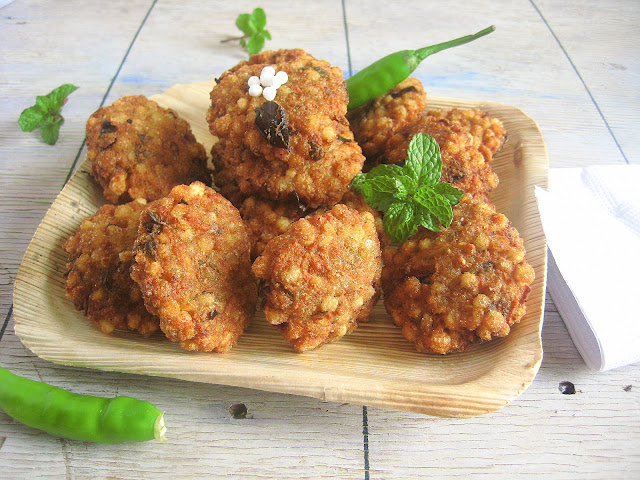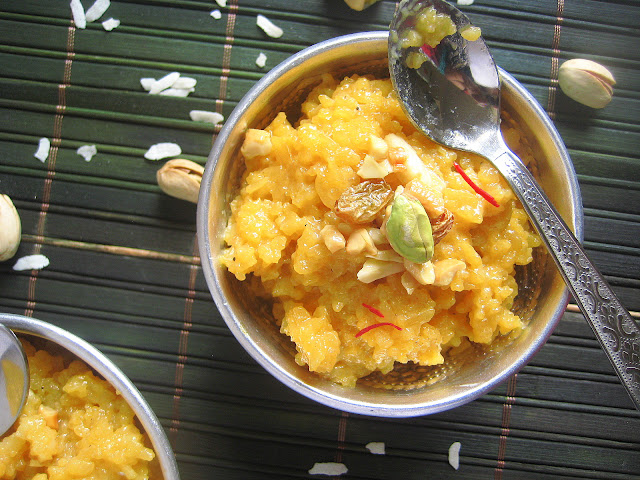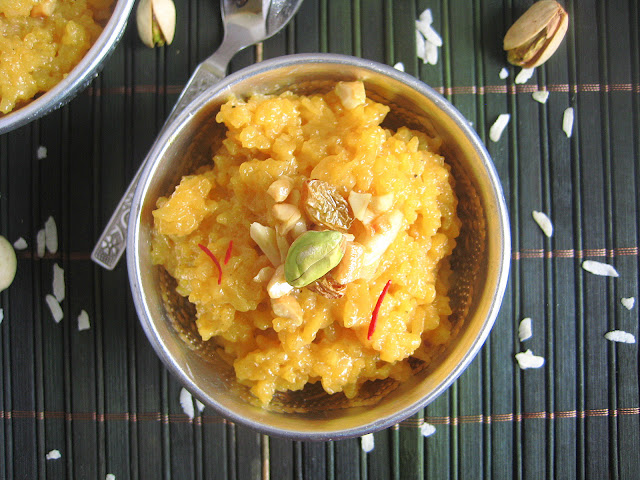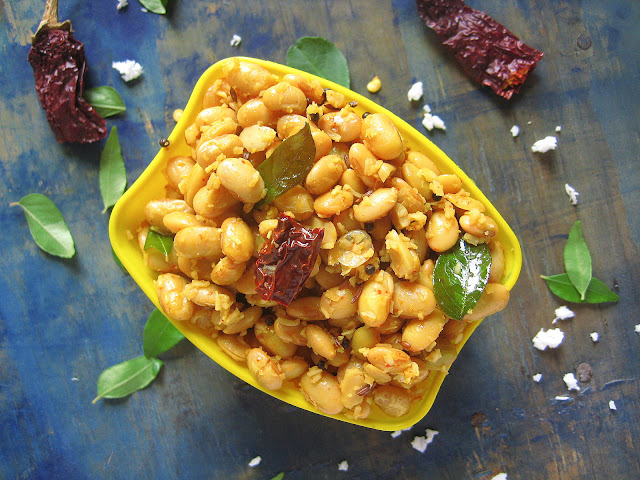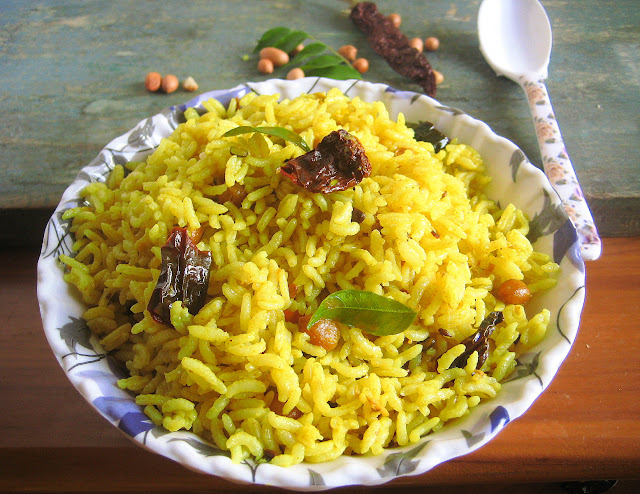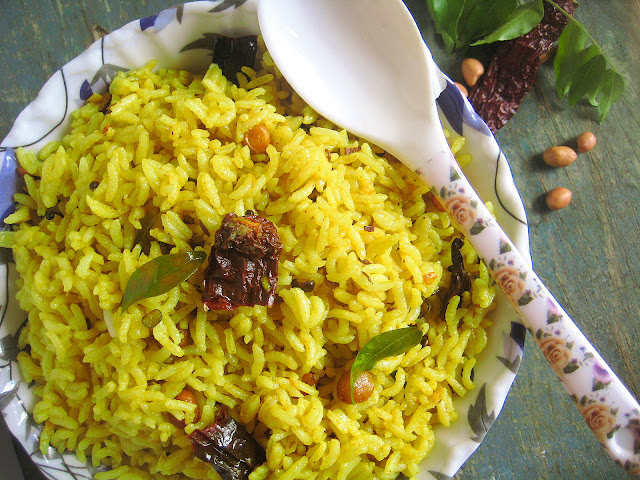Sabudana Vada Recipe / Sago Vada
After 4 special
recipes for Navrathri - carrot kheer, pulihora, soya bean sundal and aval kesari, today I am posting another healthy and easy dish for the fifth day of
this Navrathri season. Sago vada or fritters are again a Dussehra special
recipe.
There
are two types of these pearls. The first variety is big and the second is tiny
balls. I have prepared these vadas with the first variety. You can also prepare these vadas with the second variety of peals as
well. This is a no onion and no garlic recipe which is perfect for the festiveseason.
This is
also a perfect evening snack on a chilly or a rainy day. Addition of mild
spices give that extra oomph factor to the fritters. They are crunchy on the
outside, soft on the inside and are a bit chewy. Throw in all the ingredients
and spices accurately to get a great snack that your family craves for.
Like the
other dishes, this dish is also very easy to prepare with simple ingredients
that are readily available in the kitchen. These sagggubiyyam vadas can be
prepared in just 15 minutes provided you soak the sago 3 hours earlier.
Preparation
Soak sago
3 hours prior to preparing the snack.
Grate the potato just before you start
making the snack else it will turn black in colour. Keep aside. Drain the
excess water from the sago. Squeeze out the water from the sago with your hands
and take it into a bowl. Squeeze the water from the grated potatoes as well.
Mix with the squeezed sago.
Add all the spices that are mentioned in the
Ingredients list.
Mix everything well. Add rice flour and mix with your hands.
Add coriander leaves, mint leaves and chopped curry leaves. Mix everything well.
Check for seasoning. Add more as per
your taste. Shape the dough as small vadas.
Heat oil in a pan for deep frying.
Once the oil is hot, gently drop the vadas into the oil and fry on a medium to
high flame.
Fry until the vadas turn into golden brown colour. Remove onto a
tissue paper to absorb the excess oil.
Serve hot plain or with any chutney or tomato ketchup.
Ingredients
Sago 1/2
cup
Potato 1 ( medium sized )
Salt to
taste
Coriander
Powder 1 tsp
Cumin
powder 1/2 tsp
Chat
masala 1/2 tsp
Garam masala powder 1/4 tsp
Chilli
powder 1 tsp
Mint
leaves 2 tsp ( chopped )
Coriander
leaves few
Curry
leaves 1 tsp ( chopped )
Rice flour 3 tbsp
Method
- Soak sago in water for 3 hours
- Grate the potato just before making the snack.
- Squeeze out the water from both the grated potatoes and sago.
- Mix all the spices in the potato and sago mixture and mix well.
- Add the greens and mix again. Give shape as vadas.
- Heat oil in a pan and drop the vadas gently into the oil.
- Fry until they turn to a golden brown colour and remove onto a tissue paper.
- Serve hot.
Notes
- You can skip the spices if you do not like the flavours.
- Let the oil become hot. If it is not hot enough, then the vadas will absorb too much oil.
- You can add finely sliced onion if not preparing for the festive season. Since I was preparing for the festive season, I made it without onion and garlic.

